In Libya, Assessing Heritage Sites Caught in the Crossfire
In September 2017, gunfire broke out between ISIS militants and anti-ISIS fighters in the Libyan city of Sabratha. The conflict centered around control of the city, which was a smuggling hub for migrants seeking to journey across the Mediterranean to Italy. Among the concerns for civilian safety, another worry loomed: the welfare of an ancient theater, built by the Romans nearly 2,000 years ago and rebuilt during the Italian colonial period in the 1930s. The landmark and its surroundings are a protected UNESCO World Heritage Site, but after the skirmish, the theater’s weathered limestone was pockmarked with bullet holes and a spiral burst likely caused by a rocket-propelled grenade strike.
When Ahmed Masoud, an archaeologist with the Libyan Department of Antiquities, the government agency responsible for cultural heritage, returned to the site after the conflict, he recalled: “What we have seen was so bad — so miserable.”
In 2018, when Masoud and his colleagues could safely assess Sabratha, they began detailing the damage using a camera with GPS. The theater was in bad shape: In addition to the bullet holes from the September battle, vegetation had overgrown the site and the centuries-old stone was deteriorating, partly due to the combined stress of heat and corrosive sea spray. The ultimate goal was to address the damage; otherwise, sections of the structure could crumble. Aided by international scientists, Masoud and his colleagues identified where the restoration should begin.



Sabratha isn’t the only place where armed conflict threatens architectural heritage. The theater and its nearby surroundings are among 55 heritage sites that UNESCO has deemed “in danger,” a list that includes Samarra in Iraq, Palmyra in Syria, and the historic center of Odesa in Ukraine. Sites on this list can receive UNESCO funds for restoration and to respond to new threats, including wars and natural disasters.
For Sabratha’s restoration, a group of international scientists called Partnership for Heritage is providing equipment, including computers and tools that test the hardness of rock, as well as training on modern techniques, which could allow local archaeologists such as Masoud to work more independently in the future. The collaboration is, in part, an attempt to do better than previous archaeological missions headed by Western groups, who have largely touched down in Libya and then left again, often taking resources and data with them.
If the Libyan project works, the approach could be a model for conserving other heritage sites caught in crossfire.
There’s hardly a person in Libya who wouldn’t know Sabratha, said Mahmoud Hadia, an archaeologist and colleague of Masoud’s at the Libyan Department of Antiquities. Hadia said he first visited the area on a school field trip when he was a kid; Masoud recalled visiting it with his parents.
The site “has its very distinctive relationship with Libya and identity,” Hadia said.
Protecting the site, then, is personal. And for people in conflict zones, concerns for their shared heritage exist alongside their need for food, shelter, and safety, said Emma Cunliffe, a cultural protection researcher at Newcastle University in the United Kingdom. Heritage is “part of the community’s identity, what they value,” Cunliffe added, “and what they see as part of themselves.”
Partnership for Heritage’s work at Sabratha, between local archaeologists and Western researchers, is meant to build the capacity for conserving these meaningful sites in places that need equipment and training.
The collaboration isn’t the first time researchers from afar had arrived in Libya with the latest gadgets and good intentions. Similar efforts started in earnest after the country’s 2011 revolution, said Anna Leone, an archaeologist at Durham University in England. “These projects were not particularly successful,” she added. Foreigners would swoop in, train Libyan archaeologists, and leave with the data. This cut local experts off from the projects. And, Leone said, the training didn’t teach the Libyan researchers how to apply what they had learned in their own context.
Leone wanted to do things differently. She had worked in Libya for 25 years, starting with her Ph.D. studies, and had witnessed firsthand her Libyan colleagues’ dedication to their work in the face of difficult conditions, from electrical blackouts to political instability. In 2014 and 2015, for example, Libya faced a flour shortage. Despite having to travel miles to get bread to feed their families, she said, her Libyan colleagues came to meetings with their work complete.
In 2017, Leone started a program called Training in Action with researchers from other U.K. institutions. But her university had barred travel to Libya because of safety concerns. So she and her team set up trainings in neighboring Tunisia, working with Tunisian and Libyan archaeologists whose heritage sites face similar threats, such as urbanization, vandalism, and extreme weather. Keeping detailed records on sites requires computers, software, and skills, she said. Where sites lack documentation, they become vulnerable to quarrying, new construction, and more — especially during times of political instability.
Leone’s team selected 72 archaeologists and, over the course of about three years, trained them to record and assess risk at heritage sites. The program managed to identify and address the main issues that Libyan and Tunisian archaeologists face, Masoud said. Now, he added, he thinks of himself and the colleagues that participated in Training in Action as a cornerstone of the Department of Antiquities because they are better equipped to guide decisions related to their country’s heritage. (Although Training in Action ended in 2019, training continues in Partnership for Heritage, which is focusing on other heritage sites in Libya and Tunisia.)


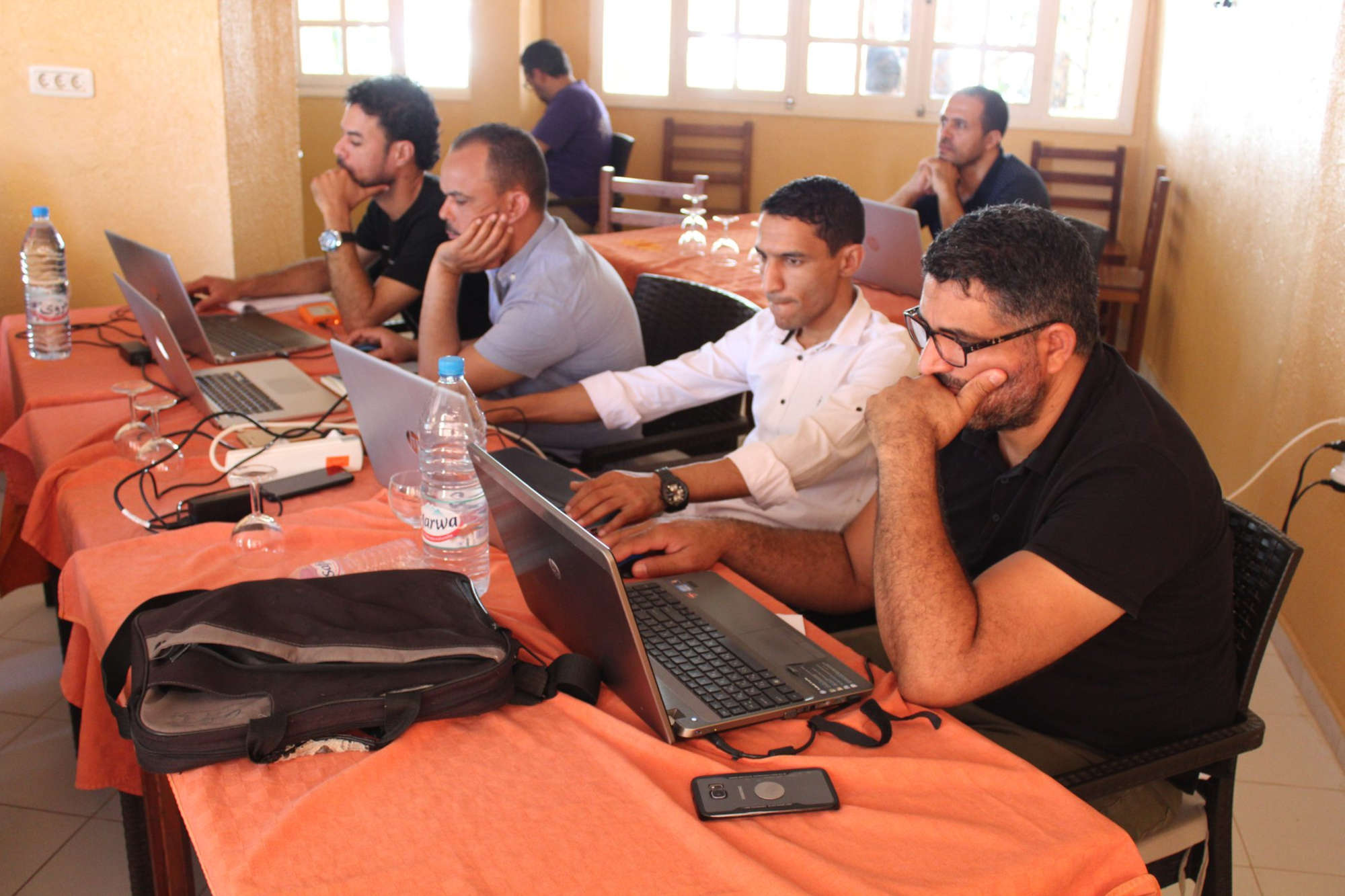



For much of those three years, Leone and her colleagues spent 10 days each month in Mahres, Tunisia, setting up shop at the only hotel in the region. In the mornings, they would travel to Iunca, an archaeological site on the Mediterranean coast with a large fort and several churches. The researchers trained attendees to survey the site, map its features in a computer system — called geographic information systems, or GIS — and fly a drone to take images from above, among other techniques.
Masoud and Hadia were among the 72 archaeologists who received training; they were also selected to join a subset of about 25 participants who showed potential to train others and received advanced instruction, such as creating maps that showed how pottery and other artifacts were distributed and creating 3D models from the drone images. The participants also developed their own projects. At Sabratha, for instance, Hadia and Masoud surveyed the area and photographed the damage. The program felt collaborative, Masoud said, “not just transferring knowledge in one direction.” This allowed the North African archaeologists to grow in their skills, he said, and use their new tools with no external help.
But when it came to preserving Sabratha, there was still a lingering question: How stable was its limestone after getting pelted by bullets?
After asking around for a ballistics expert, Leone found British scientist Lisa Mol at University of the West of England. A geomorphologist, Mol studies the features of Earth’s landscapes and the processes by which they evolve. Mol had originally studied the natural breakdown and weathering of rocky outcrops in South Africa. But toward the end of her graduate studies, she became troubled by the news of heritage destruction. Mol realized that people knew little of what happened when very old stones get shot, so she took up the research to answer that question herself.
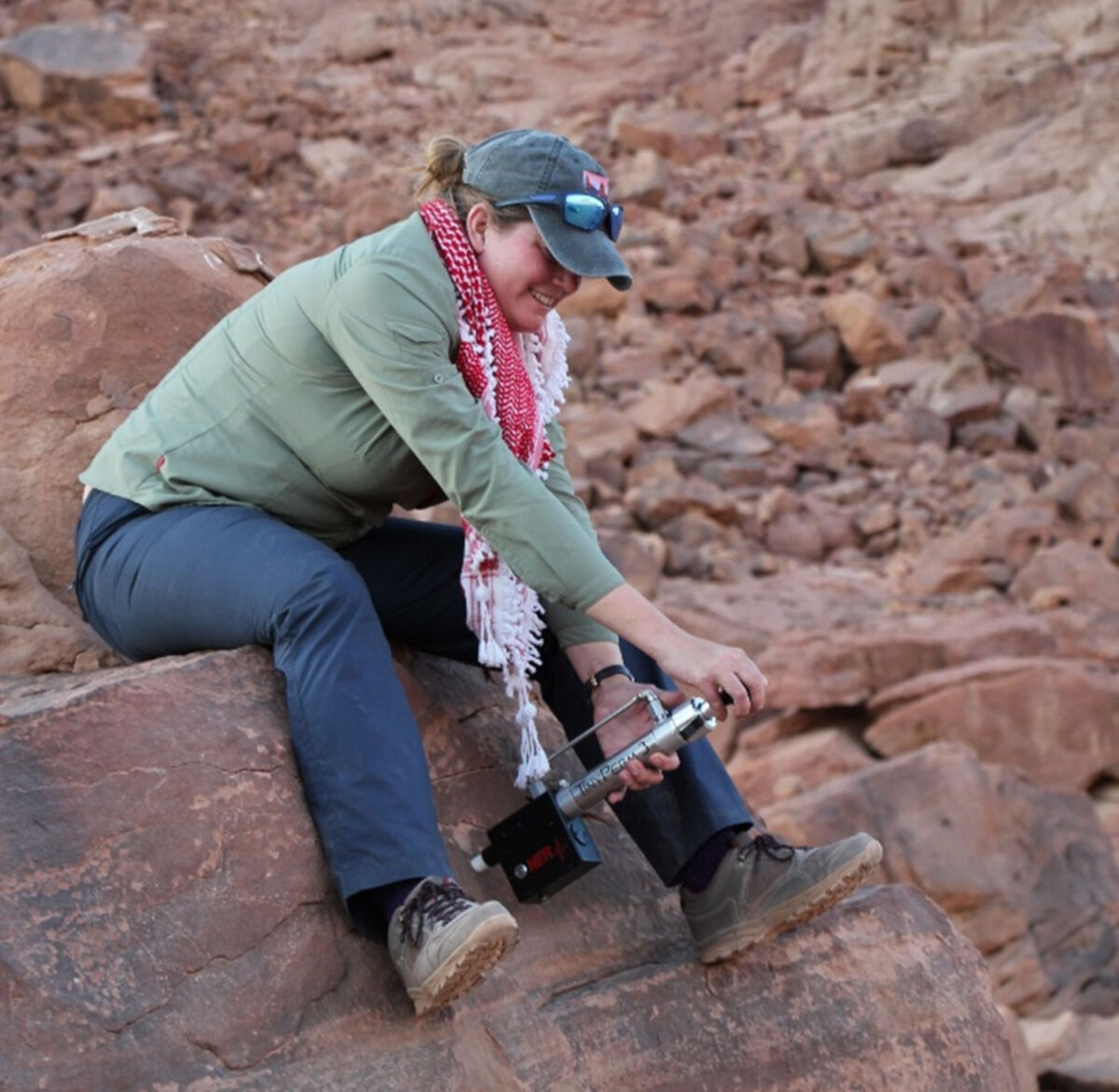
Geomorphologist Lisa Mol collects baseline data for impact measurements in Southern Jordan. Mol studies what happens when very old stones get shot.
Visual: Charlotte Brassey
“For the first few years, the research was done begging, borrowing, stealing,” Mol said, clarifying that she did always ask first. In those early days, she found hefty stone blocks in her advisers’ lab and bribed her then-boyfriend, now her husband, with burritos to help her lug them to a shooting range.
Today, Mol leads Heritage for the Crossfire, a group that studies how stone and other materials react to bullets. She has also joined forces with Leone in Partnership for Heritage. The work “is fitting a niche” that doesn’t exist elsewhere, said Kaelin Groom, a geomorphologist at Arizona State University, who is independent from the team. “It became very apparent that our stone heritage is in trouble,” Groom continued, as groups like ISIS have intentionally destroyed cultural sites. Understanding how a stone has borne such damage can help archaeologists and conservators address it in a timely manner, she said, and avoid interventions that unintentionally make things worse.
Mol’s team has found that ballistics don’t always blow stone to bits. Depending on the angle and the force, a shot can cause the outer part of the stone to crumble while deeper within, the force can compact it. Bullets can create a network of cracks that weaken the stone and make it more vulnerable to the next assault or the infiltration of water. Mol’s team has also found that projectiles have gotten more forceful as firepower has evolved, increasing the chance of serious damage. “As a scientific challenge, it is phenomenal,” Mol said. “But as a real-world problem, it is a really difficult one to try and tackle.”
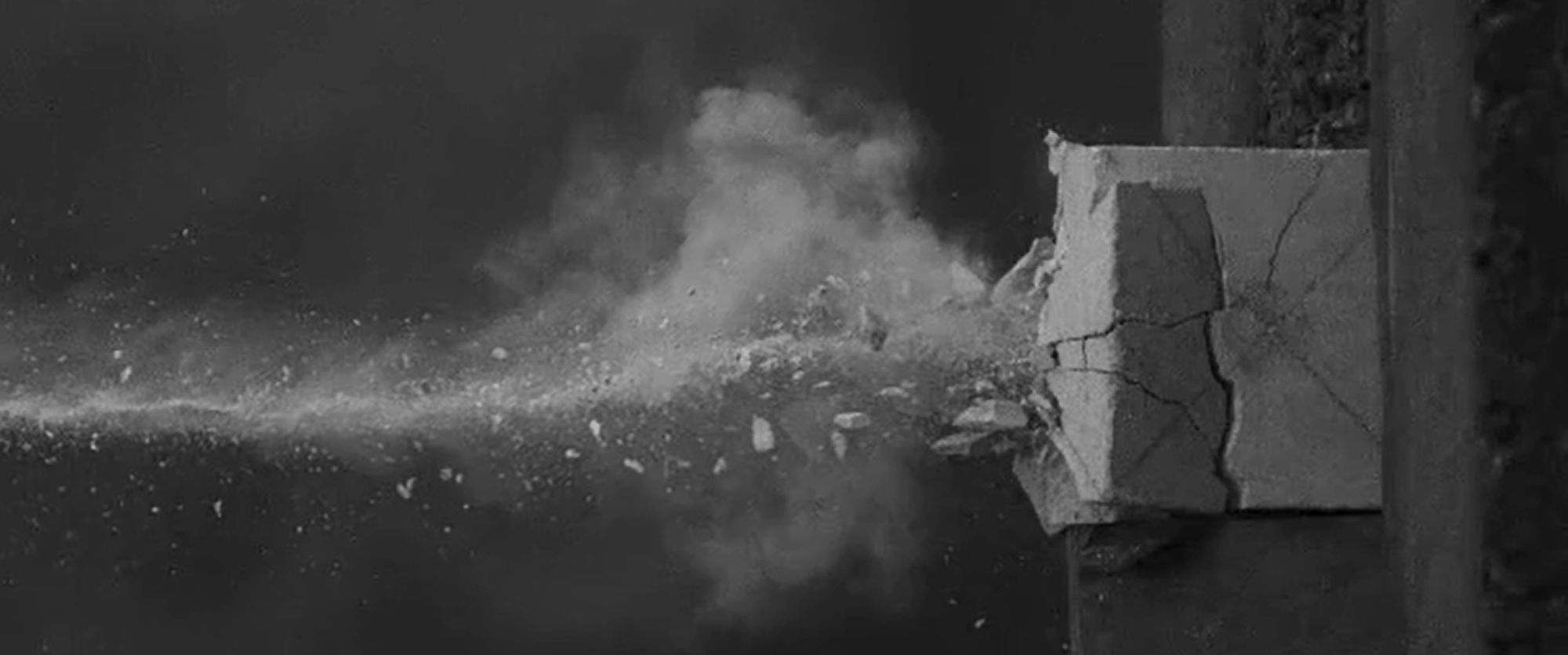
This was the problem that Masoud and Hadia faced at Sabratha.
In order to create a model of the sites, Patricia Edwards, an archeological geophysicist at Wessex Archaeology, had instructed the team how to collect and then stitch together drone-captured imagery with GPS-tagged reference points. The models would let the researchers further investigate bullet holes and allow the structure’s stability to be calculated. The drone footage needed to turn the Roman theater into a model would be particularly challenging to capture: Massive gaps and holes across the structure cast a wide range of lighting and shadows across its towering curved walls and sprawling tiered seats, and the complexity of the site made drone maneuvers difficult.
Edwards had planned to help Masoud and Hadia map the theater by providing additional training in Tunisia after their program ended. But because of the Covid-19 pandemic, that option evaporated. Instead, she sent the team automated flight plans to survey the theater, which Masoud and Hadia edited based on what they saw on the ground. The Libyan archaeologists flew the drone around sunrise and sunset, when the light was more even than other parts of the day, capturing hundreds of photos of the theater.
Despite using as much open-source software as possible, there wasn’t an available option for processing the drone imagery on site in Libya. Instead, Edwards used the images and data to build a detailed model herself in Northern Ireland, a peach pink virtual replica. And one of Mol’s Ph.D. students examined the model, scrutinizing the virtual structure to find bullet strikes; overall, the team identified 160.




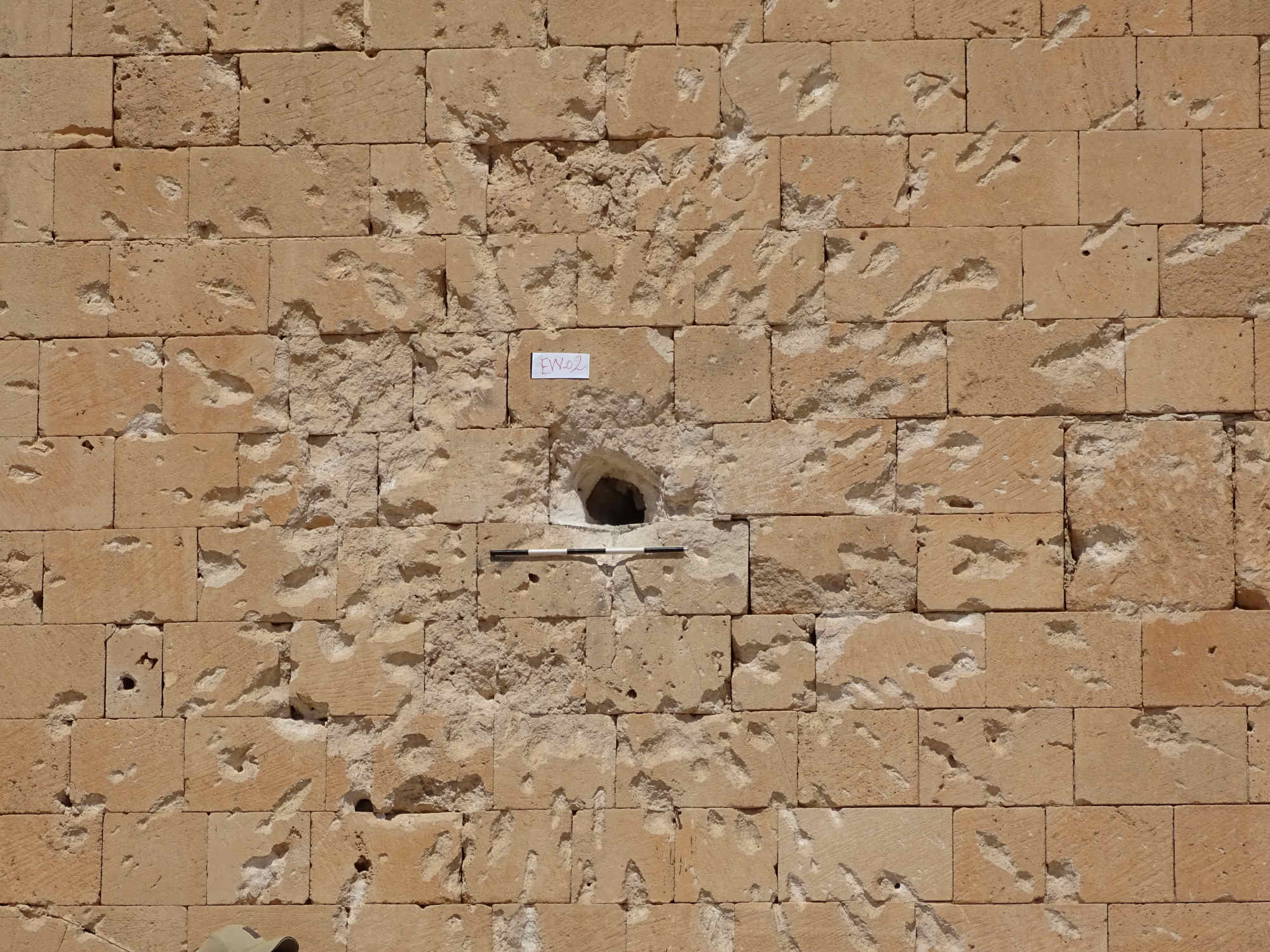

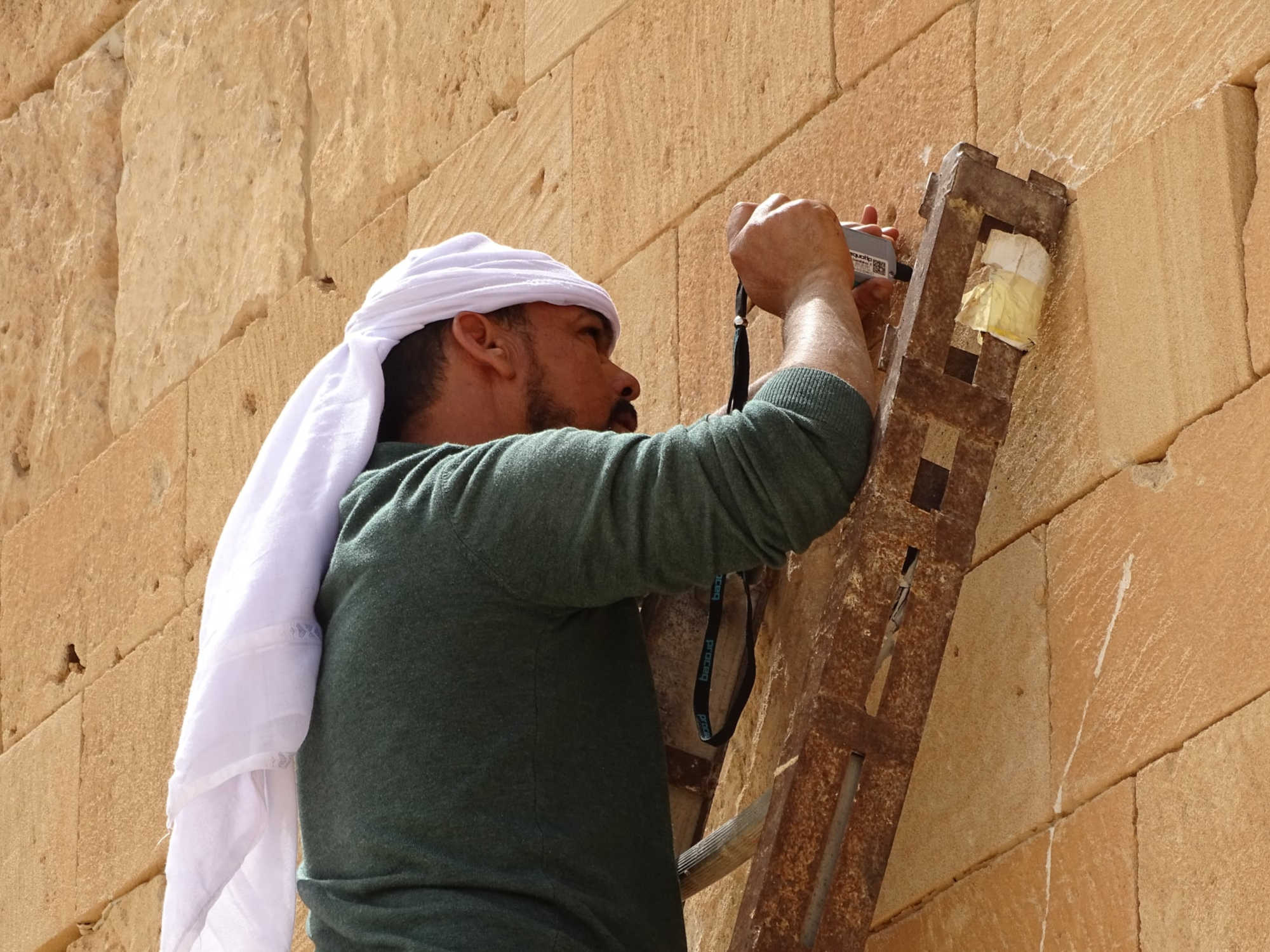
The data revealed how some of the recent fighting may have played out. “We could actually reconstruct the events based on the bullet holes,” Mol said. It seemed that snipers shot from a nest atop the theater’s colonnade, and fire returned from a few spots at the theater’s outer edge. The model also guided the team to the spots that required additional integrity tests.
To do those tests, the researchers shipped equipment to Masoud and Hadia to probe the stone’s hardness, track temperature across the structure, and monitor spots where salt may be sneaking into the stone. But since, at that time, Mol couldn’t travel to North Africa to train them in person, everything “was done entirely remotely through, at times, slightly dodgy internet connections,” she said.
Some of the bullets were high on the structure’s walls — 40 to 60 feet up. Hadia recalled scaling a tall ladder, while Masoud held it steady, so he could test the rock’s hardness near a bullet hole. Though he could see the Mediterranean Sea from his perch, Hadia managed his fear of heights and kept his attention on the task.
With the data Masoud and Hadia collected, the team could parse aesthetic damage from structural damage. The rocket-propelled grenade’s central impact left a sizeable hole that needs fixing. But while the outer ring of the RPG blast looks bad, the wounds are relatively shallow. Still, even superficial damage may accelerate the theater’s deterioration, since the shrapnel roughed up the stone and exposed more surface area to the elements.
The detailed 3D model of Sabratha, built by stitching together hundreds of images taken from a drone. Visual: Patricia Edwards, Mahmoud Hadia, and Ahmed Masoud / Sabratha Heritage Project.
Other parts of the site are more vulnerable. The east and west walls of the Roman theater were most weakened by the smash of the bullets, and they’re further threatened by the environment. “Those are also structurally really quite important — kind of holding up the house there,” Mol said. These walls are also exposed to significant swings in temperatures because of how they are oriented, which can aggravate how the stone’s fractures draw in the damp air from the nearby sea. The salty moisture can harden to crystals within the rock’s pores and, as they expand, weaken the material. “What we’re seeing, essentially, is a change from very gradual deterioration that can be managed into extremely rapid deterioration,” Mol said.
In March 2022, the team laid out their findings and recommendations in a report for UNESCO. Masoud and Hadia return to Sabratha periodically to study other parts of the site and gather material for interim reports. When they go, locals often ask about the site, Hadia said, and whether there are plans yet for restoration. This may, in part, depend on the financial help the Libyan Department of Antiquities can get from UNESCO. The start date for the conservation is still pending. “It’s going through the machines,” Mol said. “But UNESCO is a very big machine.”
There were days when Masoud recalled wondering whether he and Hadia were simply counting bullet holes. But now the Libyan archaeologists say they can see the fruit of their work. The positive reactions received from foreign collaborators and partner organizations were surprising, Hadia said, especially in the face of uncertainty. Hadia sees how the work he and Masoud have done could inspire other archaeologists in the Arab world. The pair recently presented the Sabratha project at a conference in Doha, Qatar.
Together, the Libyan archaeologists and their Western colleagues have also started applying the approach they developed at Sabratha at another Libyan site called Sufit, where militias used Roman statues for target practice. And the team met again in Tunisia in October 2022 as part of a new set of trainings under Partnership for Heritage. In addition to documenting conflict damage, they’ve added instruction on climate change damage, building assessments, and conservation planning. The group has also started training architects, who often work on site restorations, so they can learn to work together with archaeologists on preservation.
Despite the success at Sabratha, archaeologists in the region continue to face many hurdles, from lacking money to ongoing maintenance of equipment and software. And it will take time to build institutional expertise in the Libyan Department of Antiquities.
Masoud and Hadia are working on this. Across the country, they’ve been training their colleagues to transfer the skills they learned from surveying Sabratha. Some of these younger proteges joined the pair on a recent trip to Sabratha, where they assessed the city’s Roman baths, which are near the sea and face risks due to rising sea levels. Recently, Hadia noticed that the waters has started to encroach on mosaics on the northeast part of the site, and the team plans to do additional work to better understand this and other climate-related damage.
The lack of funding and expertise in the Department of Antiquities continue to present challenges, Hadia said. Sometimes, he added, he feels frustration, disappointment, even hopelessness as he continues the work to protect Libya’s cultural heritage. But in hearing the passion of some of his younger colleagues and working to pass along the skills he and Masoud have learned, Hadia finds motivation to endure: “There is always hope — like a sun ray within the darkness.”
Note: Interviews with Ahmed Masoud and Mahmoud Hadia were conducted in Arabic with translation by Mohamed Elsonbaty Ramadan.
Carolyn Wilke is a freelance science journalist and a contributing editor at Science News Explores. Her work has appeared in The New York Times, National Geographic, and New Scientist, among other publications.





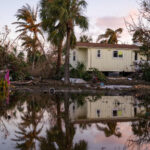




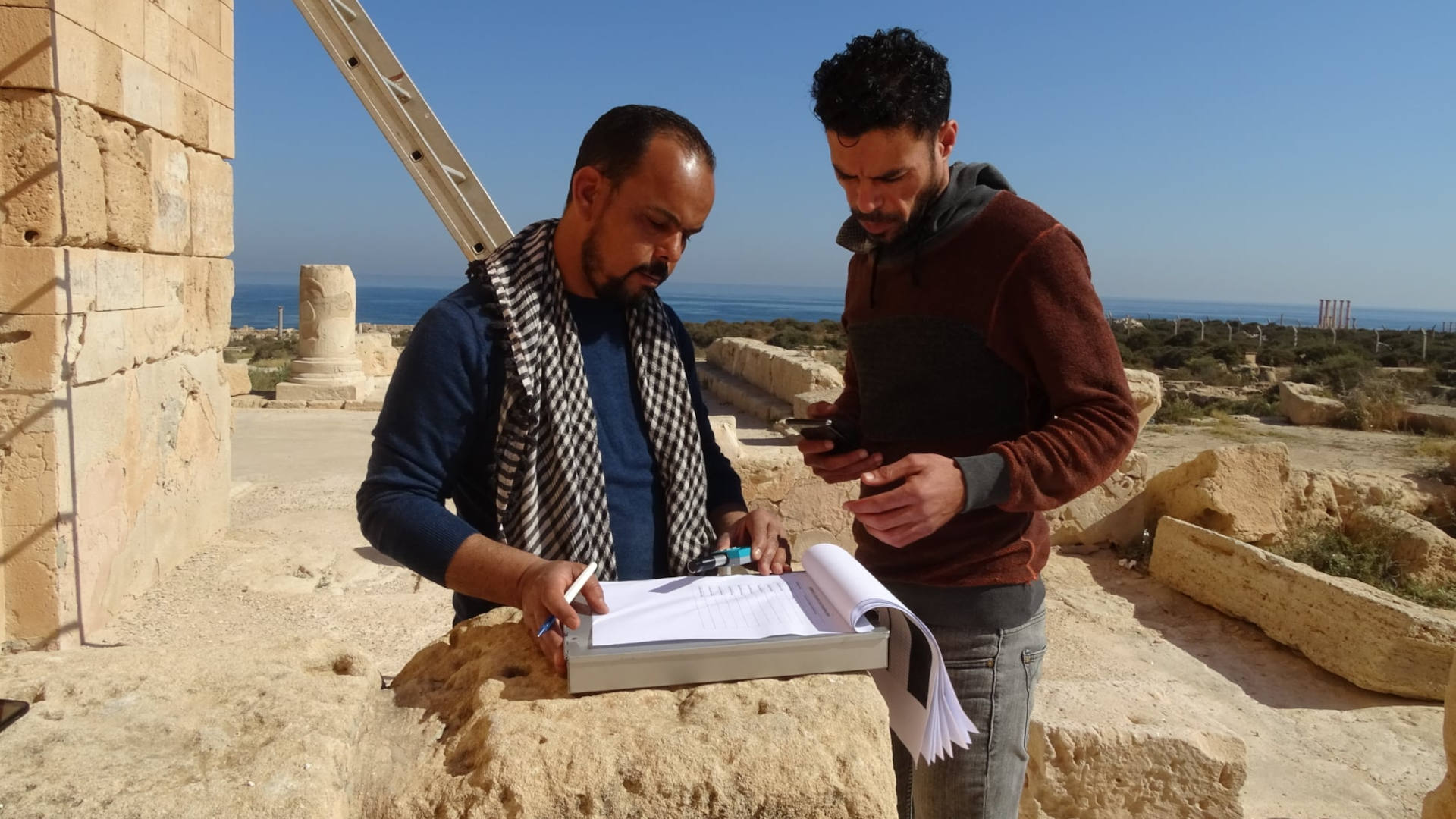
Comments are automatically closed one year after article publication. Archived comments are below.
It is a report for which we thank you. You are very wonderful. Mrs. Caroline and Amanda. Your report summarized all stages of the project in all respects. Our institutions and partners thank you for this report. We will be partners with you in our upcoming projects. Your great effort in publishing this information is a very important part.